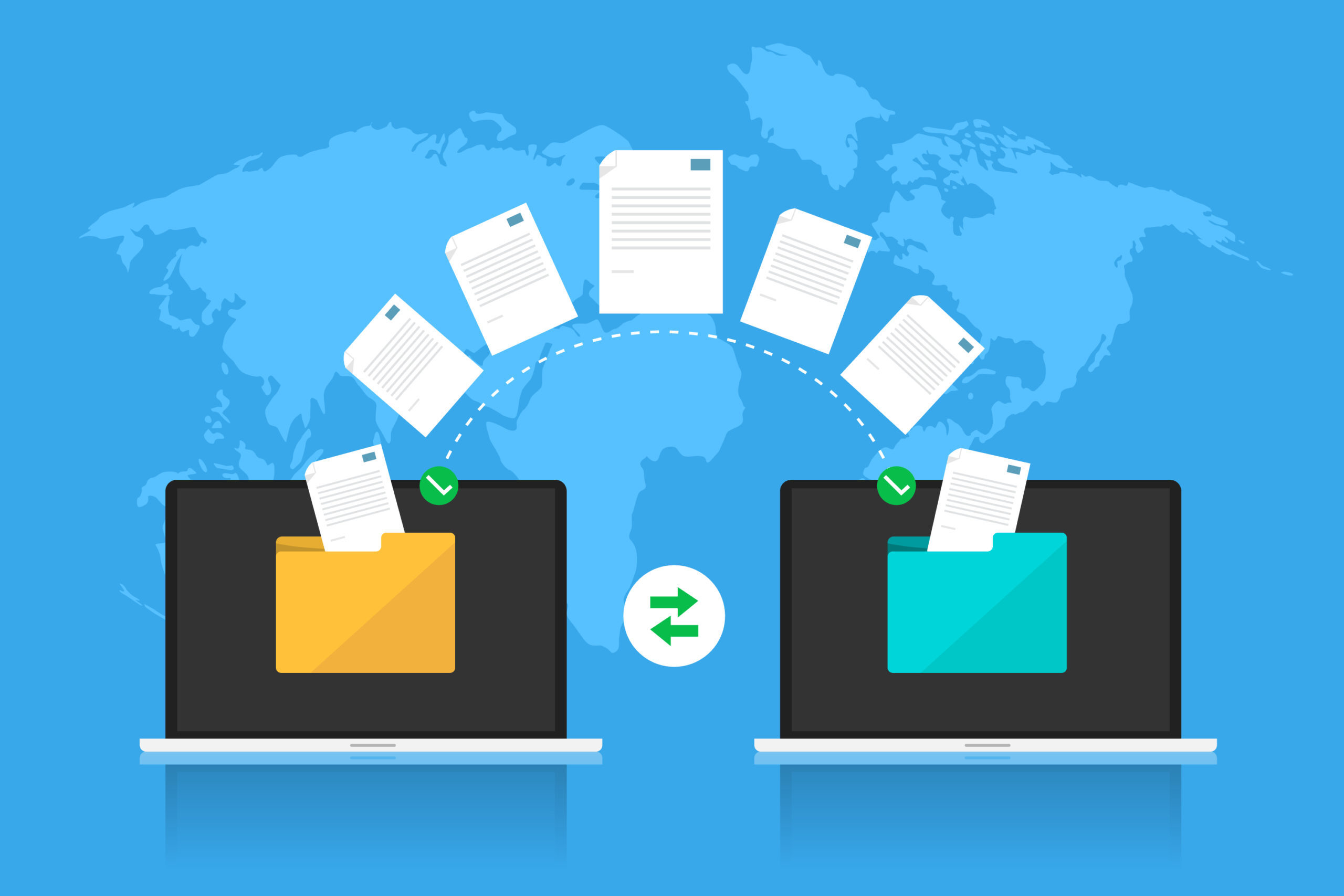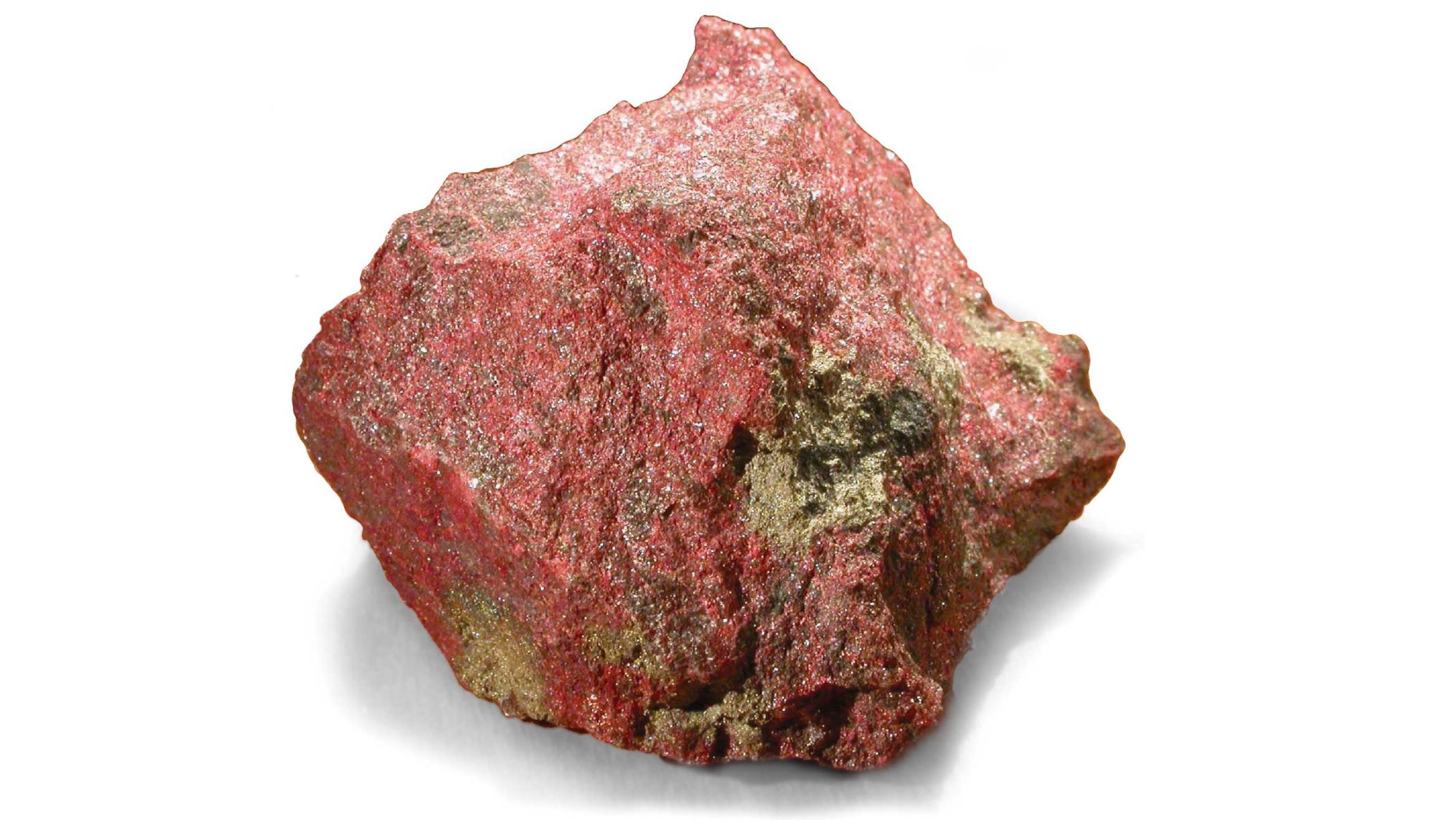
Data transfer is the process of moving data from one place to another. But how much do you really know about it? Did you know that the first data transfer happened in the 1960s? Back then, it was a big deal to send even a small amount of information. Today, we can send gigabytes in seconds! Data transfer speeds have skyrocketed thanks to advancements in technology. From fiber optics to wireless networks, the methods have evolved dramatically. This blog post will uncover 39 fascinating facts about data transfer, from its humble beginnings to its current state. Ready to dive in? Let's get started!
Key Takeaways:
- Data transfer is the movement of information from one place to another, and it happens in various ways like through the internet, cables, or wireless technology. It's essential for everyday activities like streaming, gaming, and online transactions.
- The future of data transfer looks exciting with advancements like 5G technology, quantum computing, and artificial intelligence. These innovations promise faster speeds, improved efficiency, and more secure methods for transferring data.
What is Data Transfer?
Data transfer is the process of moving data from one place to another. This can involve sending files over the internet, copying data between devices, or even transferring information within a computer system. Here are some interesting facts about data transfer:
-
Data transfer speed is measured in bits per second (bps). The higher the number, the faster the transfer.
-
The first data transfer over the internet happened in 1969. It was between UCLA and Stanford, and the message was "LO" before the system crashed.
-
Fiber optic cables can transfer data at the speed of light. This makes them incredibly fast and efficient for long-distance data transfer.
-
Wi-Fi uses radio waves to transfer data. This allows for wireless communication between devices.
-
USB stands for Universal Serial Bus. It's a common method for transferring data between computers and other devices.
Types of Data Transfer
There are various methods to transfer data, each with its own advantages and disadvantages. Understanding these can help you choose the best method for your needs.
-
Peer-to-peer (P2P) networks allow direct data transfer between devices. This method is often used for file sharing.
-
Cloud storage services like Google Drive and Dropbox use the internet for data transfer. This allows you to access your files from anywhere.
-
Bluetooth is a short-range wireless technology for data transfer. It's commonly used for transferring files between mobile devices.
-
Ethernet cables are used for wired data transfer. They are often faster and more reliable than wireless methods.
-
Near Field Communication (NFC) allows for data transfer over very short distances. It's commonly used for contactless payments.
Data Transfer Protocols
Protocols are sets of rules that govern data transfer. They ensure that data is sent and received correctly.
-
HTTP stands for HyperText Transfer Protocol. It's used for transferring web pages over the internet.
-
FTP stands for File Transfer Protocol. It's used for transferring files between computers on a network.
-
SMTP stands for Simple Mail Transfer Protocol. It's used for sending emails.
-
TCP/IP stands for Transmission Control Protocol/Internet Protocol. It's the basic communication language of the internet.
-
UDP stands for User Datagram Protocol. It's used for time-sensitive transmissions like video streaming.
Data Transfer Security
Security is crucial when transferring data, especially sensitive information. Various methods are used to ensure data is transferred securely.
-
Encryption converts data into a code to prevent unauthorized access. Only someone with the correct key can decrypt it.
-
SSL stands for Secure Sockets Layer. It's a protocol for encrypting data transferred over the internet.
-
VPN stands for Virtual Private Network. It creates a secure connection over a less secure network, like the internet.
-
Firewalls monitor and control incoming and outgoing network traffic. They help protect against unauthorized data transfers.
-
Two-factor authentication adds an extra layer of security. It requires two forms of identification before data can be accessed.
Data Transfer in Daily Life
Data transfer is a part of everyday life, even if we don't always realize it. Here are some examples of how data transfer impacts our daily activities.
-
Streaming services like Netflix and Spotify rely on data transfer. They send video and audio files to your device in real-time.
-
Online gaming requires fast and reliable data transfer. This ensures a smooth gaming experience.
-
Social media platforms transfer data every time you post, like, or comment. This allows for real-time interaction.
-
Smart home devices use data transfer to communicate with each other. This allows you to control your home from your smartphone.
-
E-commerce websites transfer data to process transactions. This ensures your payment information is securely sent to the retailer.
Historical Milestones in Data Transfer
Data transfer has come a long way since its inception. Here are some key milestones that have shaped its development.
-
The first email was sent in 1971 by Ray Tomlinson. It was a simple test message.
-
The World Wide Web was invented by Tim Berners-Lee in 1989. It revolutionized data transfer by making information easily accessible.
-
The first smartphone, IBM Simon, was released in 1994. It allowed for mobile data transfer.
-
Wi-Fi was introduced in 1997. It made wireless data transfer widely available.
-
The first USB flash drive was released in 2000. It provided a portable method for data transfer.
Future of Data Transfer
The future of data transfer looks promising with advancements in technology. Here are some trends to watch out for.
-
5G technology promises faster data transfer speeds. This will improve everything from mobile internet to smart cities.
-
Quantum computing could revolutionize data transfer. It has the potential to process data at unprecedented speeds.
-
Edge computing brings data processing closer to the source. This reduces latency and improves transfer speeds.
-
Artificial Intelligence (AI) can optimize data transfer. It can predict and manage data traffic more efficiently.
-
Blockchain technology offers secure data transfer. It provides a decentralized method for transferring data.
Fun Facts About Data Transfer
Data transfer isn't just about technology and protocols. There are some fun and surprising facts too.
-
The average person sends and receives over 100 emails a day. That's a lot of data being transferred!
-
The first text message was sent in 1992. It simply said "Merry Christmas."
-
In 2010, the amount of data transferred over the internet surpassed 1 zettabyte. That's a billion terabytes!
-
The longest fiber optic cable in the world is over 39,000 kilometers long. It connects Europe and Asia.
Final Thoughts on Data Transfer
Data transfer is a big deal in our tech-driven world. From bandwidth to latency, understanding these terms helps us make better choices. Whether you're streaming a movie, downloading a game, or sending an email, data transfer affects you. Knowing the difference between upload and download speeds can save you time and frustration. Fiber optics and 5G technology are pushing the limits, making data transfer faster than ever. But remember, security is key. Always use encryption and secure networks to protect your data. As technology advances, staying informed keeps you ahead of the curve. So next time you hit "send" or "download," you'll know what's happening behind the scenes. Keep these facts in mind, and you'll navigate the digital world with ease.
Frequently Asked Questions
Was this page helpful?
Our commitment to delivering trustworthy and engaging content is at the heart of what we do. Each fact on our site is contributed by real users like you, bringing a wealth of diverse insights and information. To ensure the highest standards of accuracy and reliability, our dedicated editors meticulously review each submission. This process guarantees that the facts we share are not only fascinating but also credible. Trust in our commitment to quality and authenticity as you explore and learn with us.


